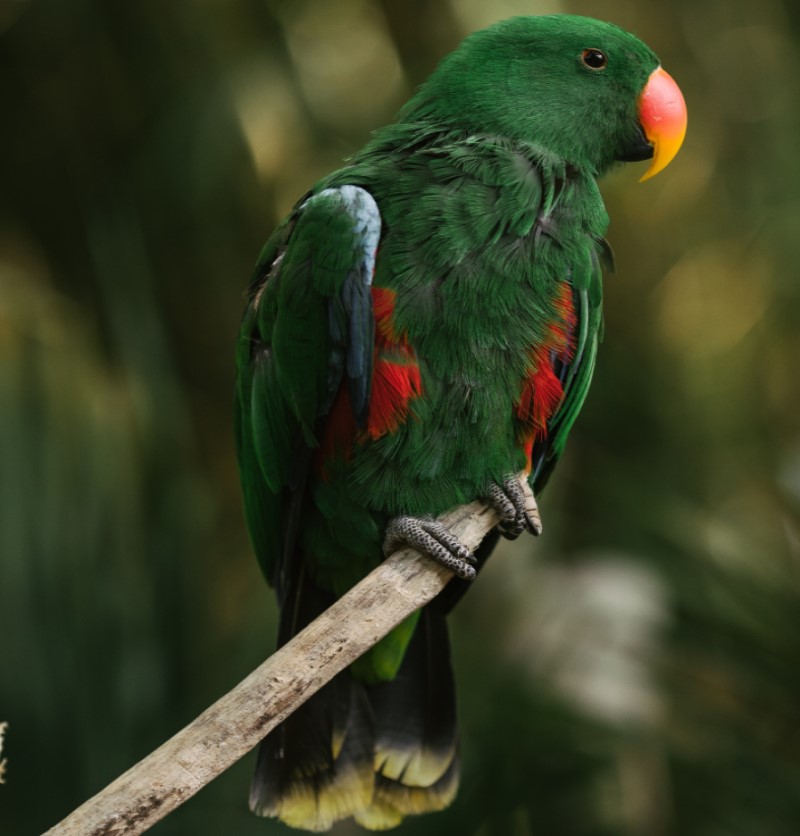JavaScript seems to be disabled in your browser. For the best experience on our site, be sure to turn on Javascript in your browser.
All you need to know about princess parrots

The parrot called Princess Parrot is an Australian parrot with the scientific name Polytelis alexandrae. It was named in honour of Princess Alexandra of Denmark (1844–1925).
The princess parrot is also known as Alexandra's Parrot, Princess of Wales Parakeet, Princess Alexandra's Parrot, Queen Alexandra Parakeet, Rose-throated Parakeet, and Spinifex Parrot.
Both males and females are called Princess Parrot.
One of the first things you would notice about these parrots at a distance is their piercing calls. They generally make good, gentle pets and even seem to be affectionate, but their call can be deafening when they require attention.
Caring for your Princess Parrot
Lifespan
Princess parrots can live up to 30 years as house pets. There is however no record of their lifespan in the wild. It is assumed that these parrot species can live this long because of the good care and attention of pet owners because they eat the right kind of food, and the full attention the bird gets from their owners. Invariably good food and care can help your princess parrot live a long happy life.
Housing
Princess Parrots can live in an indoor cage but should be allowed to fly free inside a home. They also enjoy the larger space of an outdoor aviary and would need plenty of space where they can perch because of their long tails. You also need a larger cage if you want to keep more parrots. This cage must have a secure door, be locked, and secured all the time.
They also need sturdy branches where they can perch. For this, you can make use of natural plants inside their cages where they can stay or sleep.
Use ropes, natural perching blocks, wooden birdhouses, a medium-sized bowl for bathing, swings, and ensure there is a basin and a container for food in the cage.
Make sure the cage contains a good bedding material to absorb urine and smells.
Use only natural cleaning products with disinfectant properties to remove dirt and smell from the cage and place natural plants inside the cage.
Food
Princess parrots enjoy eating your everyday parrot mix and love vegetables like corn, sprouted seeds, and a variety of fruit like apples, and pears. In the breeding season, your princess parrot would enjoy eating some insect treats like mealworms as these provide extra nutrition for both the chicks and their parents.
We have some suggestions for your bird food here
Behaviour
- Princess parrots are highly intelligent, know their owner, have an understanding of how to survive in the wild
- They can also exhibit silly and naughty behaviour
- They are friendly, all-around birds that can become your life companion. After gaining the trust of your princess parrot, it will remain loyal and well-bonded to you and your family.
- It is great at learning skills and could be vocal if well trained
- The princess parrot is a very protective parent.
Healthcare
Princess parrots are healthy and hardy breeds but can suffer from the following health problems; Parrot fever or psittacosis in birds, Malnutrition, Pacheco’s disease in birds, and Giardia in birds.
Keep your princess parrot in perfect health, by carrying out preventive care. An example of preventive care is checking your pet for any diseases so that they can be treated right away.
Also, make sure your pet undergoes a complete physical examination every 6 to 12 months and has some nail and wing trimming yearly or depending on your vet’s recommendations.
Provide Bird Toys to keep your parrot engaged and in fit form while teaching it tricks using treats.
Finally, clean your bird’s cage regularly by removing droppings and washing the cage with a safe cleaning product. Check out some products from our Health block










